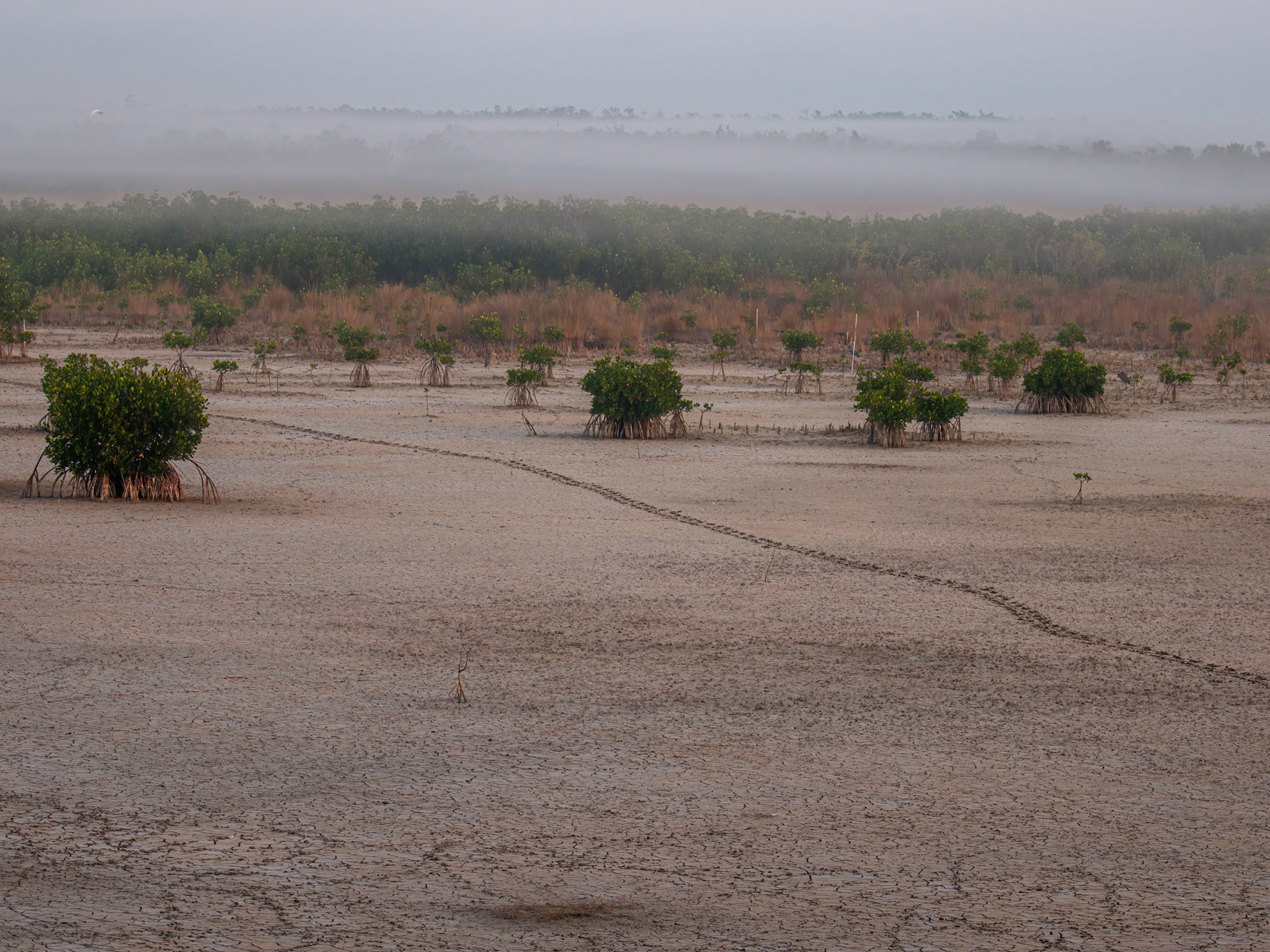Map of Florida Bay and the Everglades. Image courtesy U.S. Geological Survey

Brown Pelicans - the yellowish heads of the adults become darker during breeding season

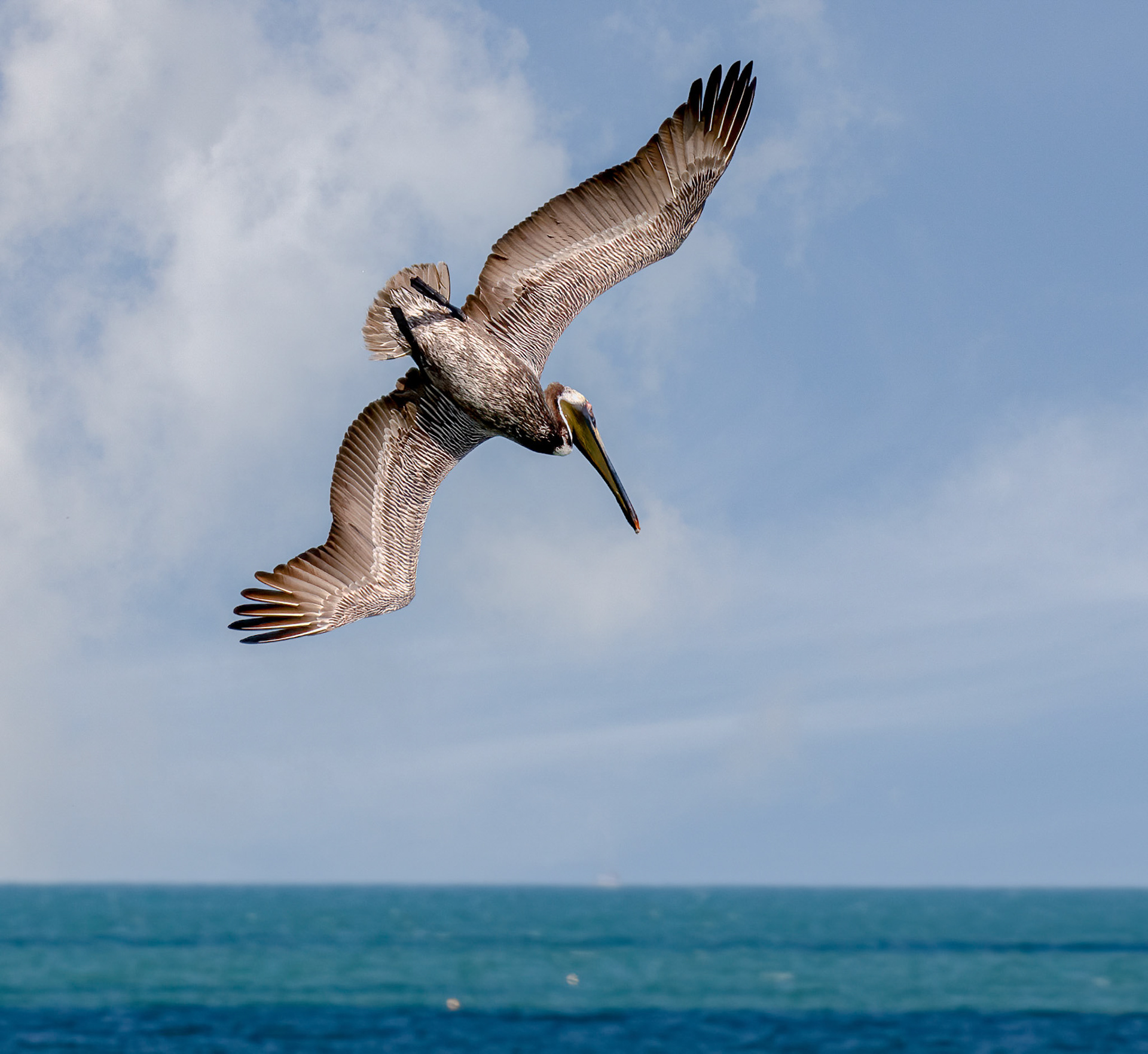
Brown Pelican Diving for fish sequence

Brown Pelican Diving for fish sequence


Notice the fish scattering from the plunge

Brown Pelican harassed by juvenile Herring Gulls

Juvenile swallowing its prey
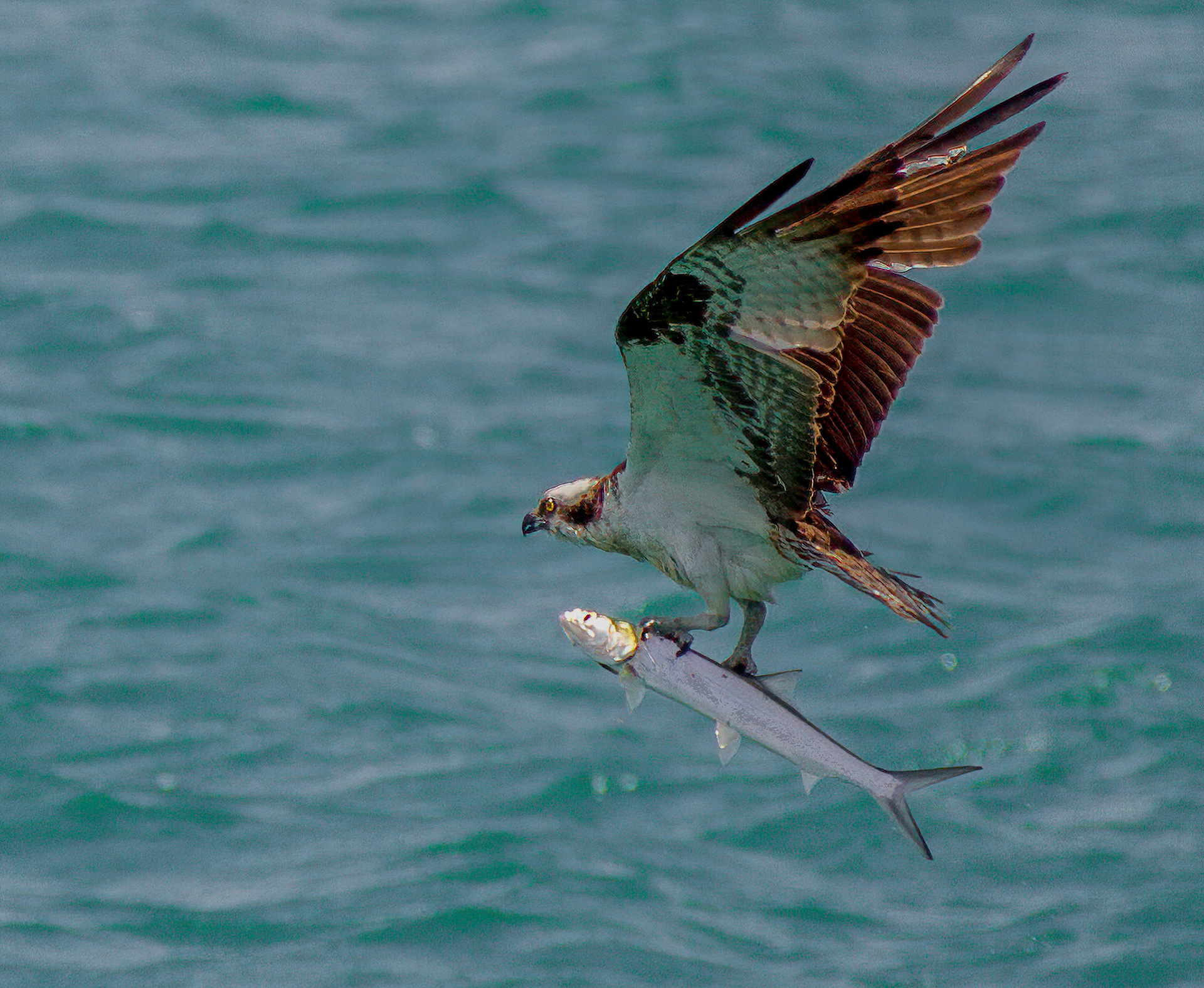
Osprey with a sizable Ladyfish

Sandwich Terns & 2 Herring Gulls - Juvenile in foreground & Mature in background

Laughing Gulls pursued by Herring Gull



Short-billed Dowitchers

Marbeled Godwit

Least Sandpiper

Snowy Plovers

Snowy Plovers
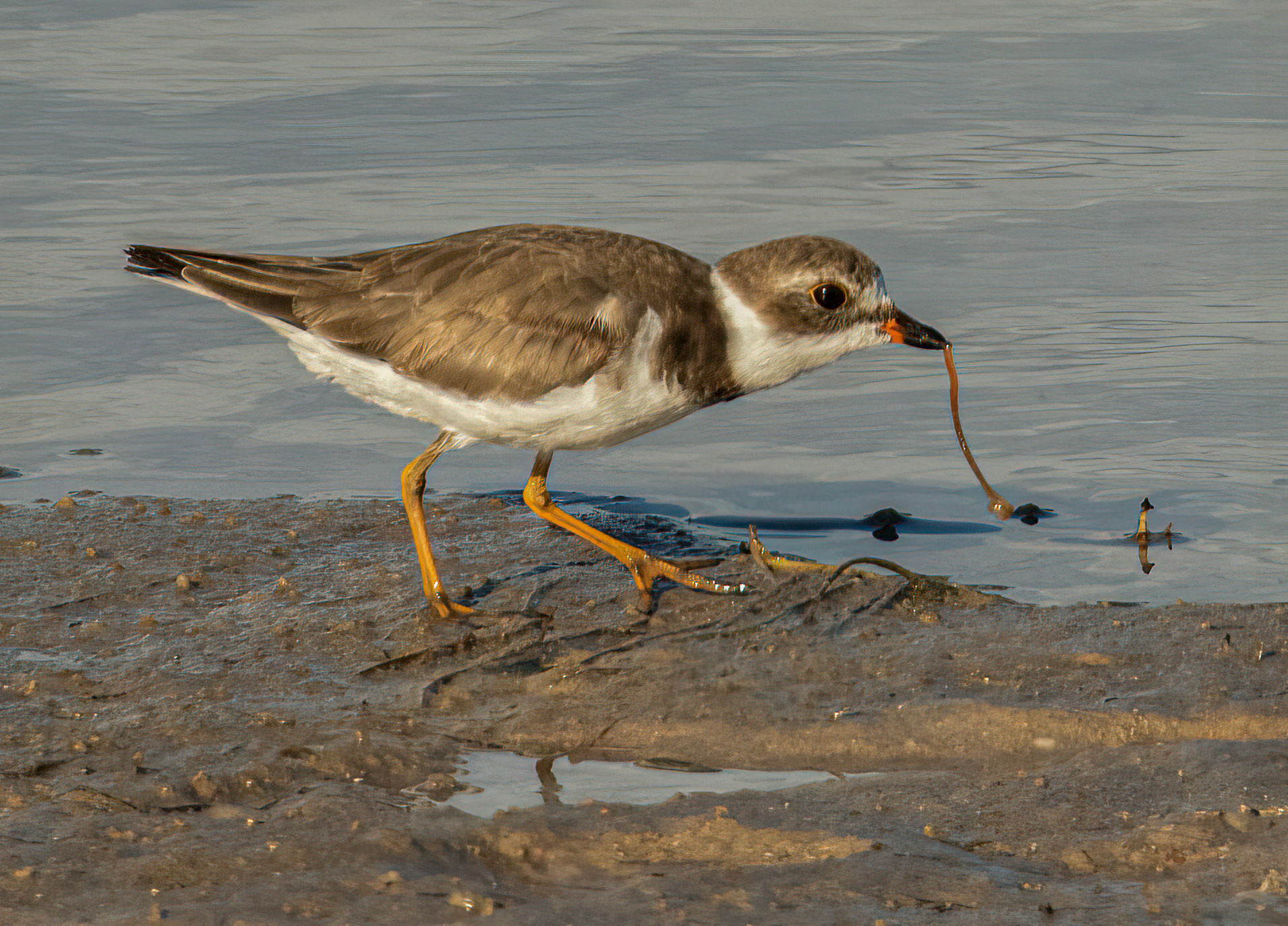
Semipalmated Plover feeding on a marine worm


Black-bellied Plover - breeding adult

Black-bellied Plover - non-breeding adult


Willet

Willet

Willet - non-breeding

Willet

Magnificent Frigatebird

Black Skimmer

Black Skimmers
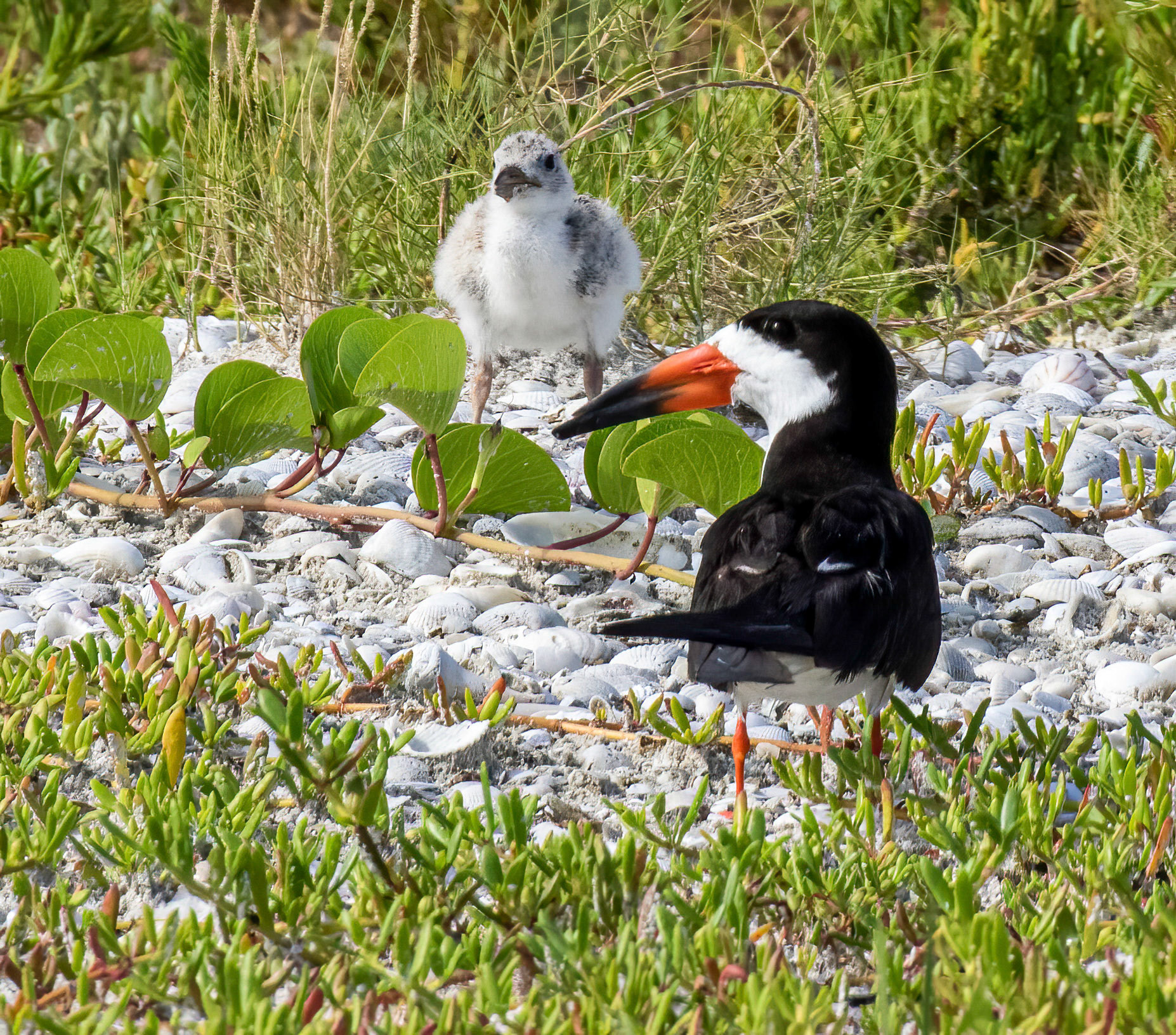
Black Skimmer & Chick



Fiddler Crab

Defending the den

Fiddler Crabs


Horseshoe Crab

Competition for prey

A family pod of Dolphin

An adult Dolphin & calf
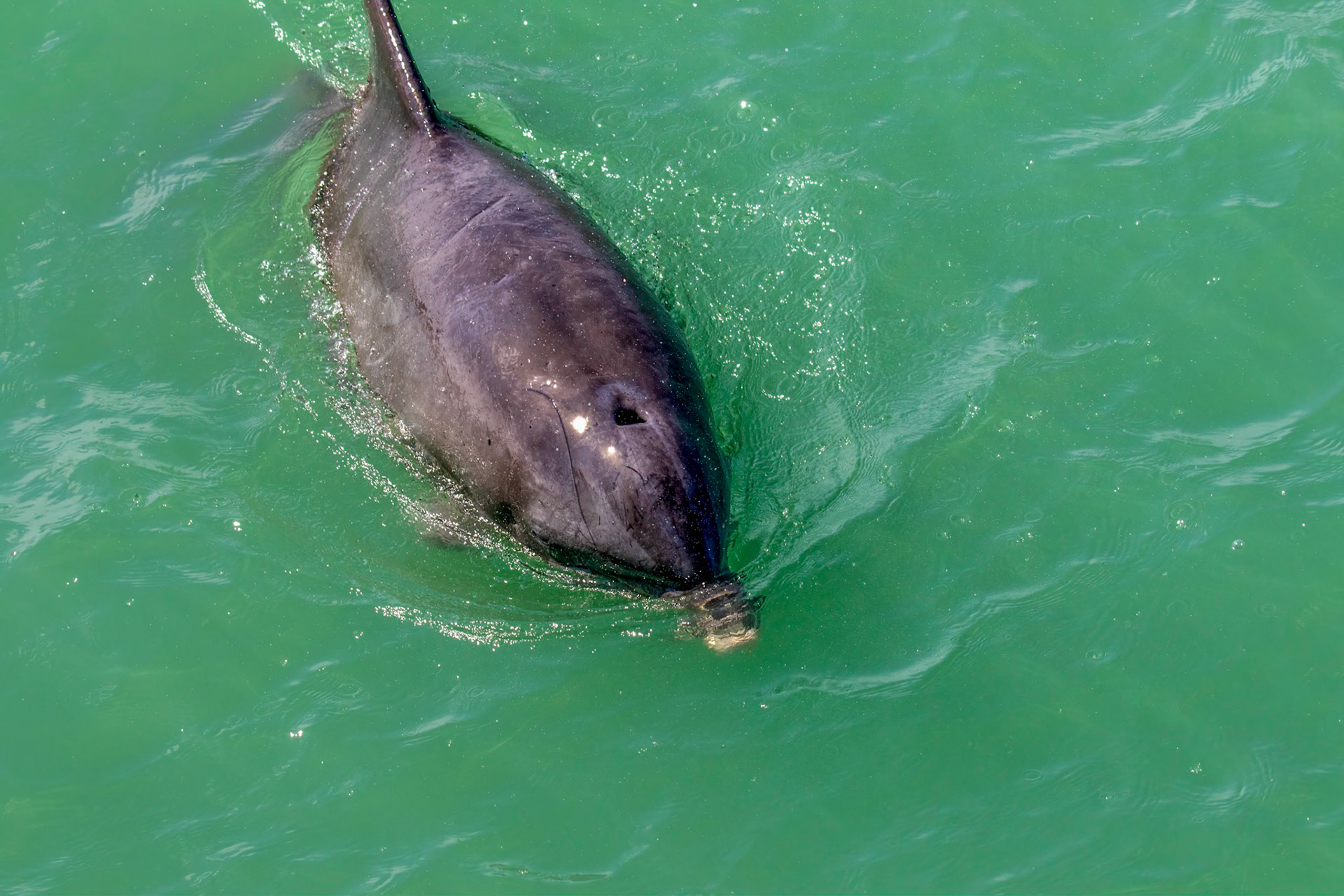
Bottle-Nosed Dolphin are highly intelligent sea mammals

Exhaling through the blowhole (nostril) on top of the head

Bottle-Nosed Dolphin

Dolphin fluke

Cownose Stingray

Cownose Stingray









